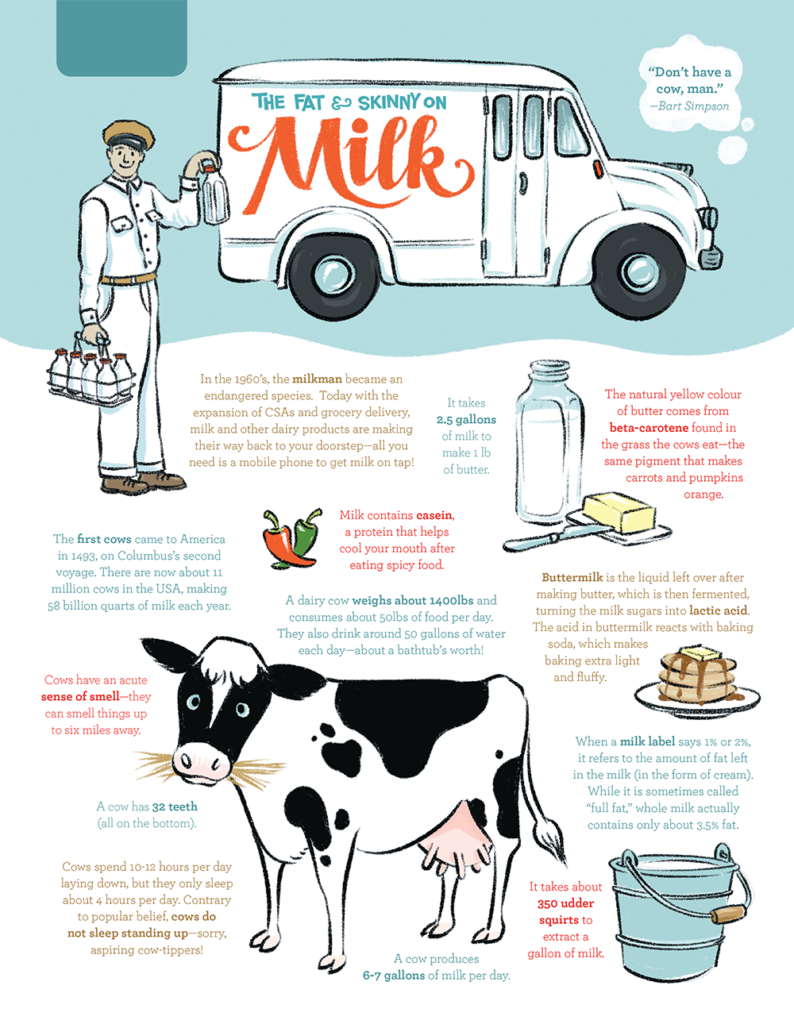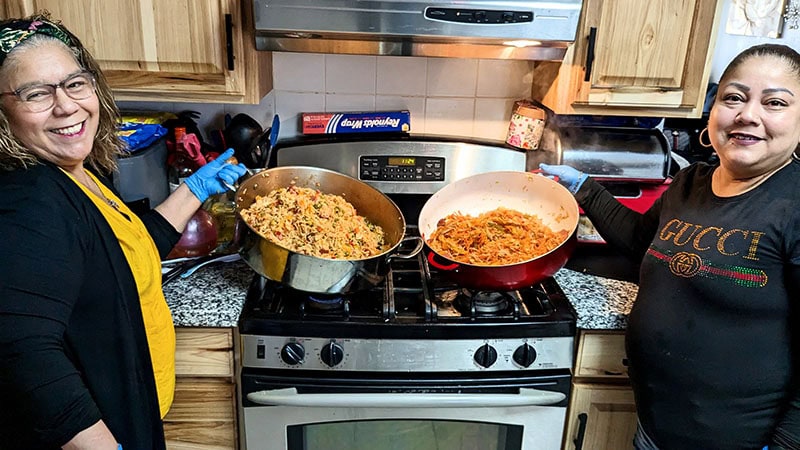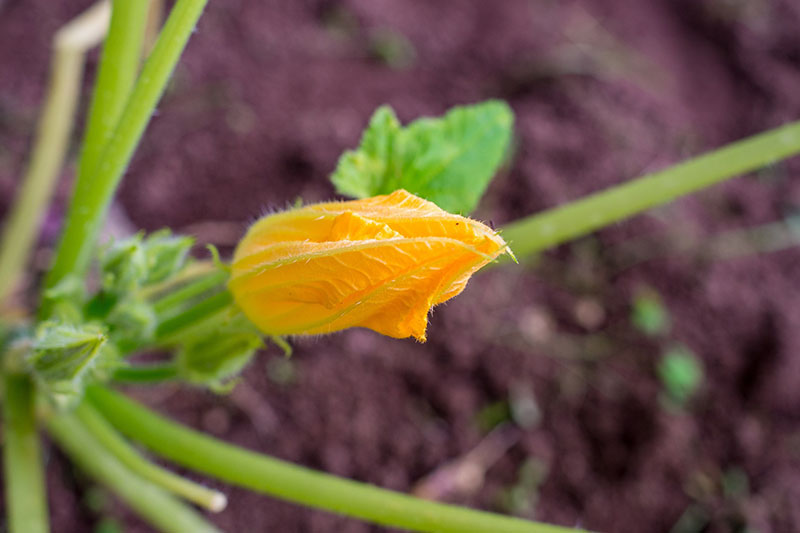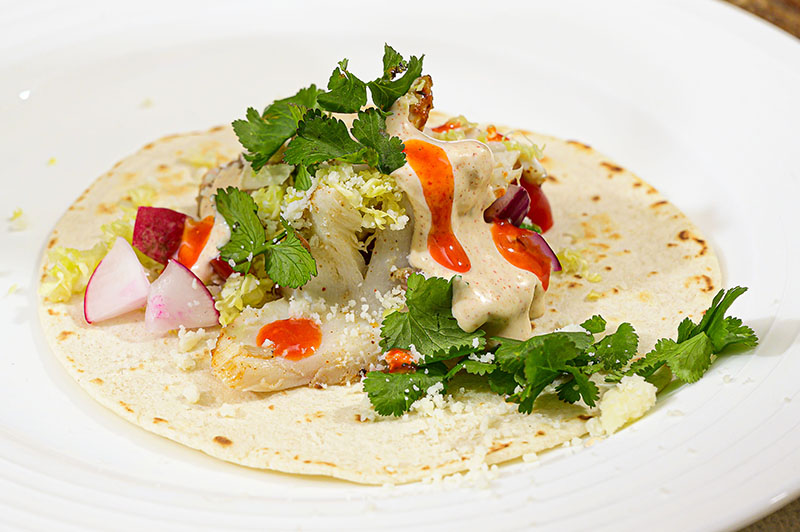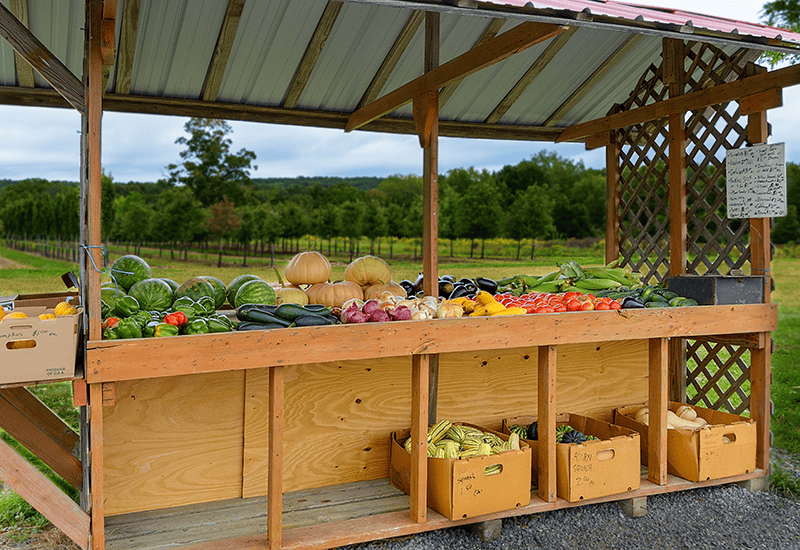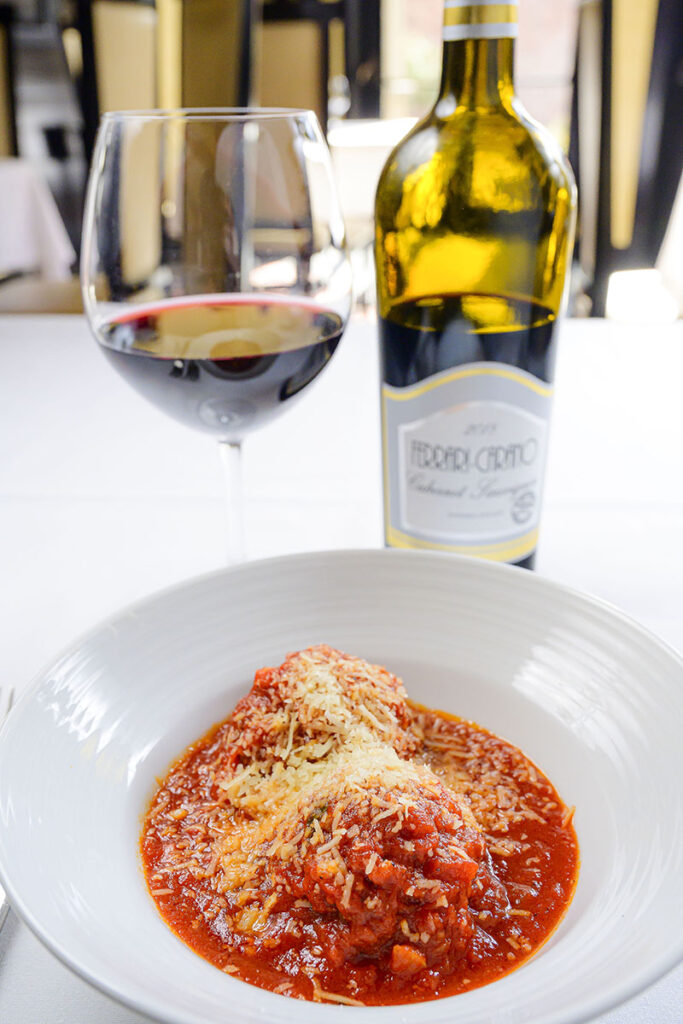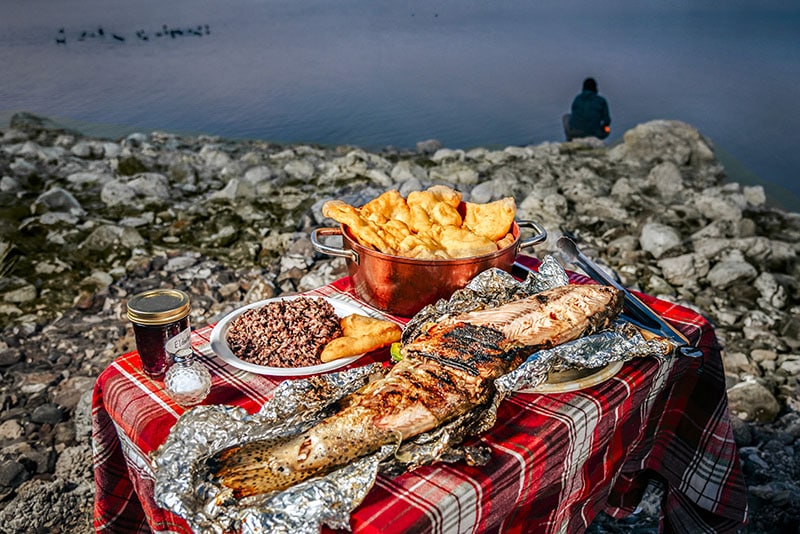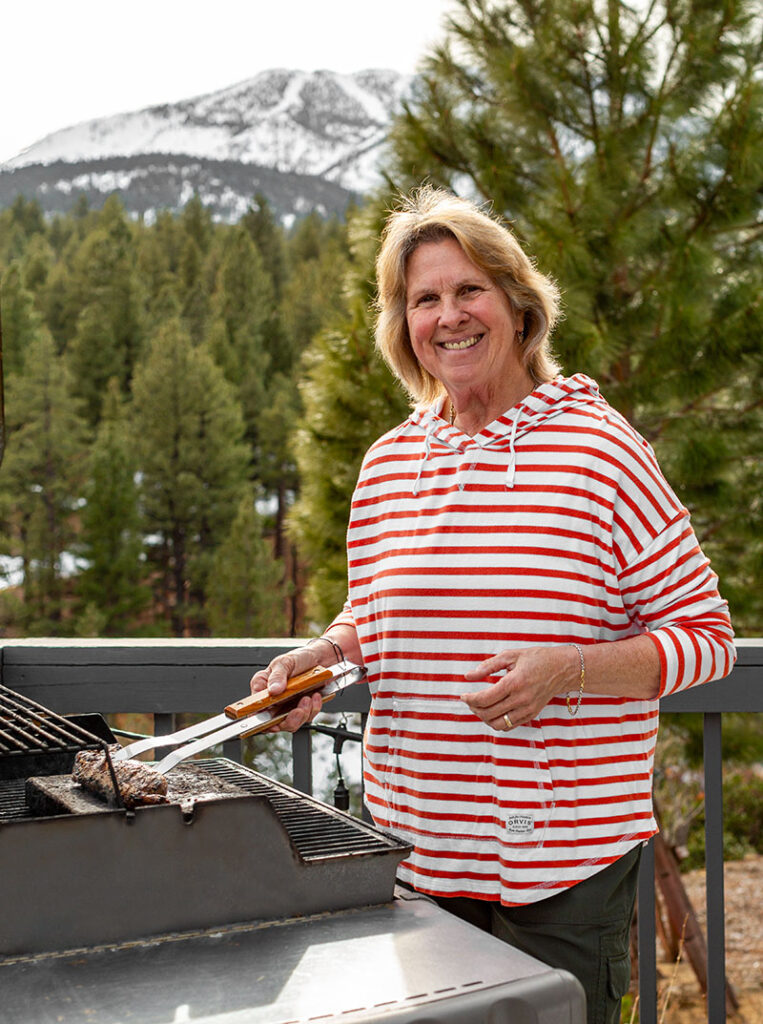Changing Stereotypes
Vanessa Vancour’s career, like her pozole, keeps getting better.
There is something about Vanessa Vancour that makes you feel like you’re talking to an old friend. Her warmth is evident in her social media engagements and her popular TEDx Talk, which has garnered more than half a million views.
Vancour is a Mexican American bilingual strategist and public speaker who is passionate about inclusive storytelling. Having called Reno home for the past 17 years, her journey from a career in journalism to becoming a pivotal consulting figure helping clients reach the Hispanic/Latino audience is a testament to her drive.
During our conversation, two details caught my attention: First, Vancour shared that growing up, her distinct birthday request was always a bowl of pozole — a traditional Mexican soup. Then she said she’d always wanted to become a teacher. Both of these have remained integral to her story.
“For me, the connection to my culture often comes through food,” she says. “Especially in Reno, whenever I have cravings, I go to restaurants where I can order food in Spanish, allowing my daughters to practice their Spanish.”
Diverse Background
After graduating from the University of Southern California, Vancour leveraged her bilingual skills in Reno to earn a news presenter role at KRNV News 4 in 2007. Her career evolved to include significant contributions in marketing and academia, notably at the University of Nevada, Reno, where she developed a student-run bilingual news outlet called Noticiero Móvil in 2014.
Noticiero Móvil, a project that remains active and growing today, has received national recognition, including two Edward R. Murrow Awards. Vancour recognizes these achievements as career highlights and values such recognition for the confidence it builds in her work.
But there’s another important element she is willing to recognize. Addressing the elephant in the room, she explains, “I identify as Hispanic, but I recognize that many people don’t assume that when they see me. I’ve had that privilege throughout my life. I know that in some instances, I have been accepted in certain spaces and conversations because I don’t fit the Hispanic stereotypes prevalent in the U.S.”
Her willingness to speak up about privilege is proof of her ability to create spaces for understanding and belonging, emphasizing the importance of acknowledging one’s own position to cultivate more diversity and inclusion.
After leaving UNR, she collaborated with several organizations before deciding to embrace entrepreneurship and found her business, Vancourage, in 2022. Life seems to be going well for her: Her consultancy has attracted notable clients both locally and nationally, including Microsoft. Moreover, she is teaching a summer course on podcasting and production, and she’s co-teaching a course on immigration journalism for The School of The New York Times for the second year in a row.
Advocating for diversity and inclusion presents its challenges.
“I find it tough when I feel the need to convince people that engaging with diverse markets is not just good for business, but it’s fundamentally the right thing to do,” she says.
In the journey of becoming comfortable in diverse spaces, Vancour excels at opening doors with kindness and a grounded approach. Life has seemingly come full circle for her; she has developed into an amazing teacher of life, and her pozole recipe just keeps getting better.

Ingredients
- 5 pounds pork backbone ask your butcher to chop into pieces
- 4 pounds pure pork meat leg meat is recommended for pozole
- 2 cans white hominy
- 5 guajillo chiles
- 5 California chiles
- 3 to 4 tomatoes
- 1 white or yellow onion
- 2 heads garlic
- Salt to taste
- 4 to 5 tablespoons beef bouillon powder Knorr brand recommended
- Optional garnishes: limes radishes, cabbage or lettuce, tostadas, chopped onion, Tapatío sauce, dried oregano
Instructions
- Wash and chop meat, removing excess fat. Add to a large pot, then cover with water. Mark whole onion with a cross (don’t chop) and add to pot, along with two whole garlic heads. Cook on stove for 1½ hours or until tender (it can take up to 3 hours or more to really tenderize the meat); remove the foam.
- Meanwhile, rinse and seed the chiles and place them in a separate pot with water. In a third pot, boil and cook tomatoes until the skin bursts, then add the chiles for 2 to 3 minutes. Remove from heat and let sit for 15 minutes to soften. Blend the tomato-chile mix thoroughly, adding water from the pot if it is too thick. Remove onion and garlic from the pot with meat, then strain the tomato-chile blend into the meat, ensuring no seeds or skins are included. (You can use a little bit of water from the pot to strain thoroughly.)
- Drain and add hominy, ensuring the mix is watery enough for a brothy consistency. Next, add beef bouillon powder and salt to taste, and cook for another ½ hour to integrate flavors. Top with desired garnishes. Pozole always tastes better the next day!


